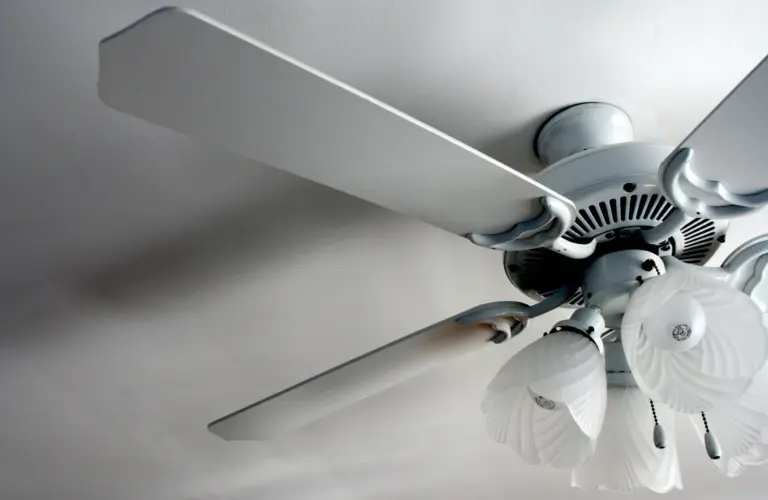In today’s fast-paced world, the demand for reliable internet connectivity is more critical than ever. Whether you’re streaming your favorite TV show, hosting a video conference, or playing online games, the need for a stable internet connection is non-negotiable. However, for those who live in rural or remote areas, where traditional broadband infrastructure like fiber-optic or DSL is unavailable, satellite internet has been the only option. Unfortunately, traditional satellite internet services are often plagued with reliability issues, high latency, and slow speeds.
This is where Starlink, SpaceX’s satellite-based internet service, is revolutionizing the landscape. Starlink offers a game-changing solution, improving the reliability, speed, and overall user experience of satellite internet. In this blog, we’ll explore why traditional satellite internet is often unreliable, how Starlink differs, and why opting for professional installation is essential to get the most out of this technology.
Why Traditional Satellite Internet is Often Unreliable
1. High Latency
One of the primary challenges with traditional satellite internet is the issue of satellite internet latency. This refers to the delay that occurs as data travels from your device to a satellite and back to Earth. Traditional satellite services use geostationary satellites that orbit approximately 22,000 miles above the Earth, which results in significant latency—often around 600 milliseconds or higher. This high satellite internet latency makes real-time activities like video conferencing, gaming, and voice-over-IP (VoIP) calls difficult, if not impossible. For comparison, terrestrial options like fiber-optic connections have latencies as low as 10-20 milliseconds, allowing for smoother real-time communication.
2. Weather Sensitivity
Another factor that impacts satellite internet reliability is weather. Rain, snow, and even heavy cloud cover can cause disruptions in the signal, leading to slower speeds or complete service outages. This phenomenon, known as “rain fade,” is a significant issue for many users of traditional satellite services like HughesNet or Viasat.
3. Limited Bandwidth and Data Caps
Many traditional satellite internet providers offer limited bandwidth, which can be especially problematic during peak usage times. Additionally, most plans come with data caps, slowing down your internet connection after you reach a certain limit. These “throttled” speeds can drop to as low as 1-3 Mbps, making basic tasks like web browsing frustratingly slow.
4. Slow Speeds
The average download speeds for traditional satellite internet hover around 12-25 Mbps, but these speeds can vary depending on location and network congestion. For users needing to stream in HD or perform data-heavy tasks, these speeds are inadequate.
5. Installation Complexities
Installing a traditional satellite internet system often requires careful positioning of the dish for optimal signal reception, and even then, misalignments due to environmental factors (like wind) can degrade performance over time.
How Starlink is Revolutionizing Satellite Internet
1. Low Earth Orbit (LEO) Satellites
Unlike traditional satellite providers that use geostationary satellites, Starlink uses a constellation of low Earth orbit (LEO) satellites, which orbit at altitudes between 340 to 1,200 miles. This significantly reduces the distance that data must travel, reducing latency to as low as 20-40 milliseconds—comparable to some cable and DSL services. This makes Starlink suitable for activities that require real-time communication, such as video calls, gaming, and online work.
2. High-Speed Internet
Starlink offers download speeds ranging between 50 Mbps to 250 Mbps, with upload speeds of up to 20 Mbps. While the service is still in its beta phase in some areas, many users report speeds that rival or surpass those of traditional broadband. Furthermore, Starlink aims to increase these speeds as more satellites are launched, with plans to reach gigabit-level speeds in the near future.
3. Less Weather Interference
While no satellite service is completely immune to weather disruptions, Starlink’s LEO satellites experience fewer issues with rain fade than geostationary systems. Additionally, Starlink dishes have built-in heaters to prevent snow accumulation, ensuring better reliability in colder climates.
4. No Data Caps
Unlike many traditional satellite internet services, Starlink currently offers plans without data caps, allowing users to enjoy high-speed internet without worrying about throttled speeds after hitting a usage limit. This is a significant advantage for heavy internet users or households with multiple devices.
5. Ease of Installation
Starlink kits come with a dish, Wi-Fi router, and mounting tripod. While it’s possible for users to install the system themselves, professional installation by companies like Starlink Installation Pros ensures the dish is placed in the optimal location, avoiding obstructions like trees or buildings that could block the signal. Professional installers also offer custom mounting solutions for unique home or business settings, ensuring a stable and aesthetically pleasing setup.
Professional Installation: Ensuring the Best Starlink Experience
Although Starlink has been designed for ease of use with its plug-and-play setup, professional installation can significantly enhance performance and reliability. Here’s why you should consider hiring experts like Starlink Installation Pros:
1. Optimal Placement for Maximum Signal Strength
Starlink dishes need a clear line of sight to the sky to communicate with satellites. Even minor obstructions like tree branches or rooftops can cause drops in connection or slower speeds. Professionals assess your location and install the dish in the best possible position, ensuring you receive the strongest signal.
2. Custom Mounting Solutions
While Starlink provides a standard mounting tripod, professional installers can offer custom mounting solutions to fit your specific needs. This is particularly important for unique settings, such as multi-story homes, buildings with limited roof access, or marine and RV installations.
3. Cable Management
A professional installation ensures that the wiring is neatly concealed and protected from environmental factors. This prevents wear and tear on cables, reducing the risk of future connectivity issues.
4. Aesthetic and Safety Considerations
For residential and commercial properties, the aesthetic impact of installation matters. Professionals take care to install the system in a way that blends seamlessly with your building while ensuring the dish remains secure, even in high winds or extreme weather conditions.
FAQs
1. Can Starlink be affected by weather like traditional satellite internet?
While Starlink can still experience some weather-related issues, such as heavy rain or snow, its LEO satellite network and heated dish design make it more resilient compared to traditional satellite systems. Weather disruptions are less frequent and less severe.
2. How fast is Starlink compared to traditional satellite internet?
Starlink currently offers speeds between 50 Mbps and 250 Mbps, with plans to improve over time. This is significantly faster than traditional satellite providers like HughesNet or Viasat, which typically offer speeds in the range of 12-25 Mbps.
3. Do I need professional installation for Starlink?
While Starlink is designed for easy setup, professional installation can optimize performance by ensuring the dish is positioned in the best possible location and that cabling is properly managed. Professionals can also provide custom mounting solutions for challenging environments.
4. Does Starlink have data caps?
No, Starlink does not currently impose data caps on its service, allowing for unlimited high-speed internet access.
5. Is Starlink available everywhere?
Starlink is still expanding its satellite network and currently offers service in many parts of the world, particularly in rural and remote areas. However, availability varies, and interested users can check their service area on the Starlink website.
Conclusion
Traditional satellite internet has long been known for its reliability issues, but Starlink is rewriting the rules. With its LEO satellite technology, high-speed internet, and low latency, Starlink is providing an unprecedented level of service for those in rural and remote areas. For the best experience, consider professional installation from experts like Starlink Installation Pros, who can ensure you get the most out of this groundbreaking technology. Say goodbye to unreliable satellite internet and hello to a faster, more stable connection with Starlink.


